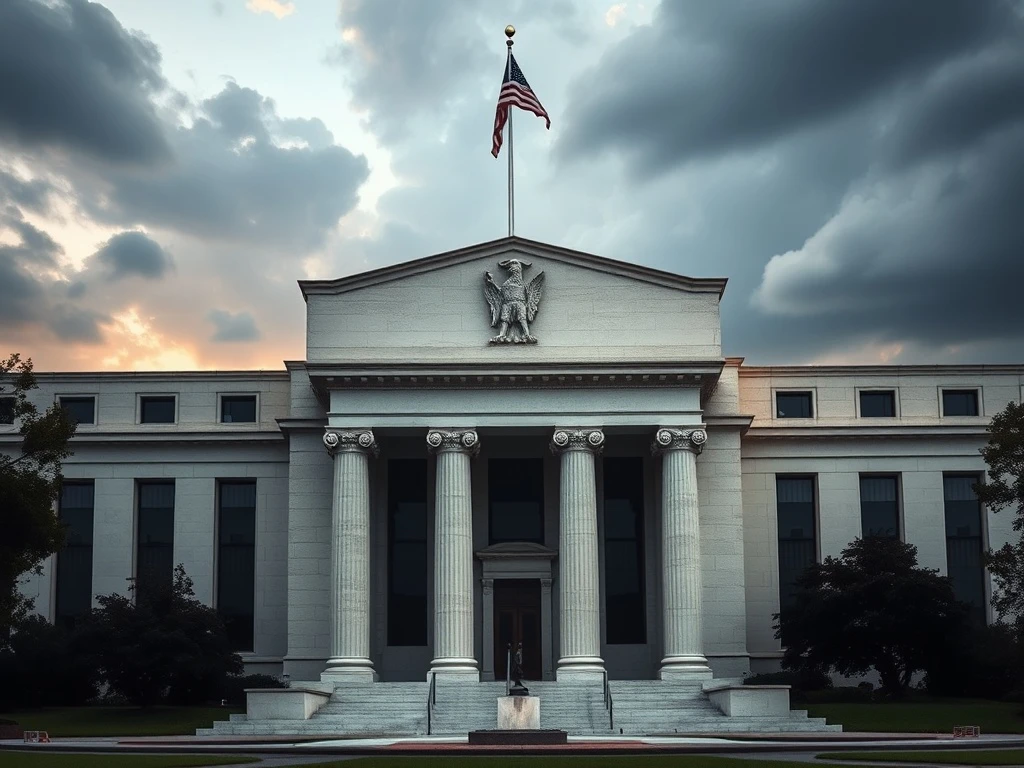Fed Holds Rates Steady: Shocking Double Dissent Demands 25-Point Cut

The Federal Reserve’s latest decision to hold interest rates steady has sent shockwaves through financial markets, as two key officials broke ranks to demand a 25-point cut. What does this rare dissent mean for the economy and crypto markets? Let’s dive in.
Fed Holds Rates Amid Growing Internal Divisions
The Federal Open Market Committee (FOMC) voted to maintain the benchmark interest rate at 4.25%-4.50% in July 2025, but the decision wasn’t unanimous. Governors Christopher Waller and Michelle Bowman dissented, advocating for a 25-basis-point reduction—a move that highlights:
- Shifting views among previously hawkish members
- Growing concerns about economic slowdown
- Potential faster-than-expected inflation moderation
Double Dissent Signals Policy Shift
The joint dissent marks a significant moment in Fed history. Bowman, once a staunch advocate for higher rates, now joins Waller in calling for easing. This table shows their evolving positions:
| Official | Previous Stance | Current Position |
|---|---|---|
| Michelle Bowman | Hawkish (pro-rate hikes) | Now favoring 25-point cut |
| Christopher Waller | Moderate | Advocating for easing |
What This Means for Monetary Policy
The FOMC faces unprecedented challenges balancing:
- Persistent inflation above target
- Signs of economic fragility
- Political pressure from the White House
Market Reactions and Crypto Implications
While traditional markets showed muted response, crypto traders should watch for:
- Potential dollar weakness if cuts materialize
- Increased risk appetite benefiting altcoins
- Long-term policy uncertainty
Frequently Asked Questions
Q: Why did the Fed hold rates despite dissent?
A: The majority sees inflation risks outweighing growth concerns for now.
Q: How often do double dissents occur?
A: Extremely rare—this could be the first in decades.
Q: What’s the impact on Bitcoin?
A: Typically benefits from loose policy, but current uncertainty creates volatility.
Q: When might the Fed actually cut rates?
A: Most analysts predict Q4 2025 if economic data weakens further.








